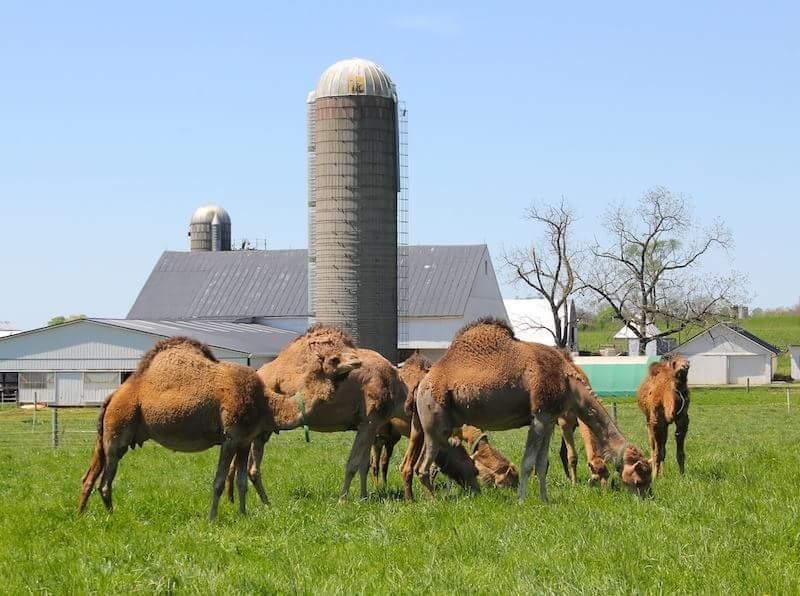Though largely associated with desert landscapes of the Middle East, the origin of the camel is actually North America. After spreading to the other side of the world and being driven to extinction in North America, the camel became a staple for labor, meat, and milk in the Middle East more than 4000 years ago. Nomads and herders relied on camels to make long journeys across the dessert, largely due to the animals’ minimal food and water needs. The usefulness of camels eventually brought the animal back to North America, where they were used heavily in the mid-1800s.
Today, the camel is still a relatively obscure animal here in the United States, despite being viewed as a necessity and even a way of life in other cultures. However, more and more people have begun to recognize the value in camel milk.
How is camel milk good for your health?
A single serving of camel milk contains about 10% of your daily value of protein. In comparison to cow milk, camel milk contains significantly less fat and saturated fat—about 50% less of each. Camel milk is also a significant source of Vitamin B1, calcium, and phosphorous, and, as a natural probiotic, can promote a healthy gut. Some experts say that camel milk also contains properties known to help fight a number of diseases, and that for many people it is easier to digest than cow milk.
Today, the camel is still a relatively obscure animal here in the United States, despite being viewed as a necessity and even a way of life in other cultures. However, more and more people have begun to recognize the value in camel milk.
How is camel milk good for your health?
A single serving of camel milk contains about 10% of your daily value of protein. In comparison to cow milk, camel milk contains significantly less fat and saturated fat—about 50% less of each. Camel milk is also a significant source of Vitamin B1, calcium, and phosphorous, and, as a natural probiotic, can promote a healthy gut. Some experts say that camel milk also contains properties known to help fight a number of diseases, and that for many people it is easier to digest than cow milk.
Why should you buy camel milk from an eco/local farm?
Currently, camel milk is an obscure product in the United States — in fact, there’s purportedly only about 5,000 camels total in the country (compare that to about 9.3 million dairy cows alone in the US!). Therefore, very few stores actually carry the product. Finding a local producer is more than likely your only option, and also affords you the opportunity to see the milk production for yourself.
How can I use camel milk in my home?
You can use camel milk exactly the way you use cow milk! The taste and texture are extremely similar, and for most the difference between the two milks is entirely indiscernible. So feel free to drink it by the glass, add it to smoothies or use it in baking. Traditionally in parts of the world where camel milk is more common, it is even used as a base for many soups and sauces!
What’s your opinion on camel milk? Are you interested in trying it? Let us know!
Currently, camel milk is an obscure product in the United States — in fact, there’s purportedly only about 5,000 camels total in the country (compare that to about 9.3 million dairy cows alone in the US!). Therefore, very few stores actually carry the product. Finding a local producer is more than likely your only option, and also affords you the opportunity to see the milk production for yourself.
How can I use camel milk in my home?
You can use camel milk exactly the way you use cow milk! The taste and texture are extremely similar, and for most the difference between the two milks is entirely indiscernible. So feel free to drink it by the glass, add it to smoothies or use it in baking. Traditionally in parts of the world where camel milk is more common, it is even used as a base for many soups and sauces!
What’s your opinion on camel milk? Are you interested in trying it? Let us know!







